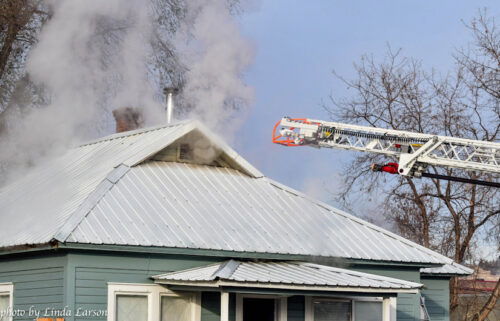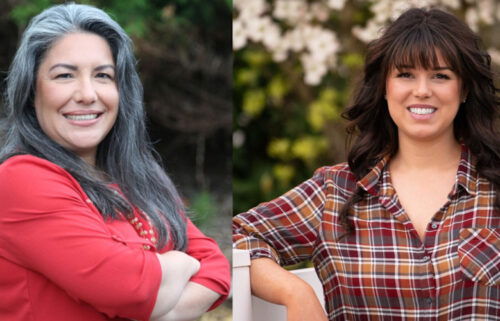Oregon ranchers: Cattle, sage grouse can co-exist

In recent years, the sage grouse has become a popular topic in Oregon, and it is only natural that some may ask: Is it possible for cattle and sage grouse to live in harmony? Ranchers say the answer might surprise you.
One of the main concerns related to the issue involves cheatgrass and how it negatively affects the sage grouse habitat. Some have claimed that cattle’s hooves breaking into the bio crusts is a main cause of cheatgrass growth.
Tony Svejcar, the lead researcher for the USDA-Agricultural Research Service, said it was pretty hard to say that is the main cause. He reported that Oregon “has areas that have been un-grazed since the 1930s that do not have a lot of crust cover and still grow cheatgrass.”
“There is really no evidence that cheatgrass would go away even if we had a high surface crust,” said Svejcar.
Another concern regarding the well-being of sage grouse is the possibility of them flying into ranchers’ fences and hurting themselves.
Svejcar said the risk of a sage grouse colliding with a fence greatly depends on whether or not the land is flat or hilly. Regardless, he said that “in places where fences have an impact, efforts are being made to reduce that risk, such as adding reflectors to fences.”
Svejcar believes the sage grouse and cattle can live in harmony and that many steps have already been taken to create that kind of an environment.
“There has been a lot of work to rotate grazing around so that cattle aren’t on riparian areas during the whole growing season,” he said.
Mike Greggs from U.S. Fish and Wildlife Service said, “The main things threatening the sage grouse are fire and cheatgrass.” This is a problem that cattle can help with.
Svejcar explained that cattle eat the grasses that are the fuel for wildfires. Fish and Wildlife support this statement and have declared in regard to the sage-grouse habitat, “The primary threat to this rich and diverse ecosystem is the encroachment of invasive annual grasses (primarily cheatgrass) that leads to an increased frequency of wildfire when compared to historical averages.”
A research article on livestock grazing entitled, Effects of Long-Term Livestock Grazing on Fuel Characteristics in Rangelands: An Example From the Sagebrush Steppe, also attributes cattle grazing as a significant way to decrease devastating wildfires.
“By controlling wildfire fuel, cattle are helping an environment that is important to the sage grouse, showing that these two creatures may indeed share the land in peace, according to the Oregon Cattlemen’s Association.
The group was founded in 1913 and works to promote environmentally and socially sound industry practices, improve and strengthen the economics of the industry, and protect its industry communities and private property rights.



